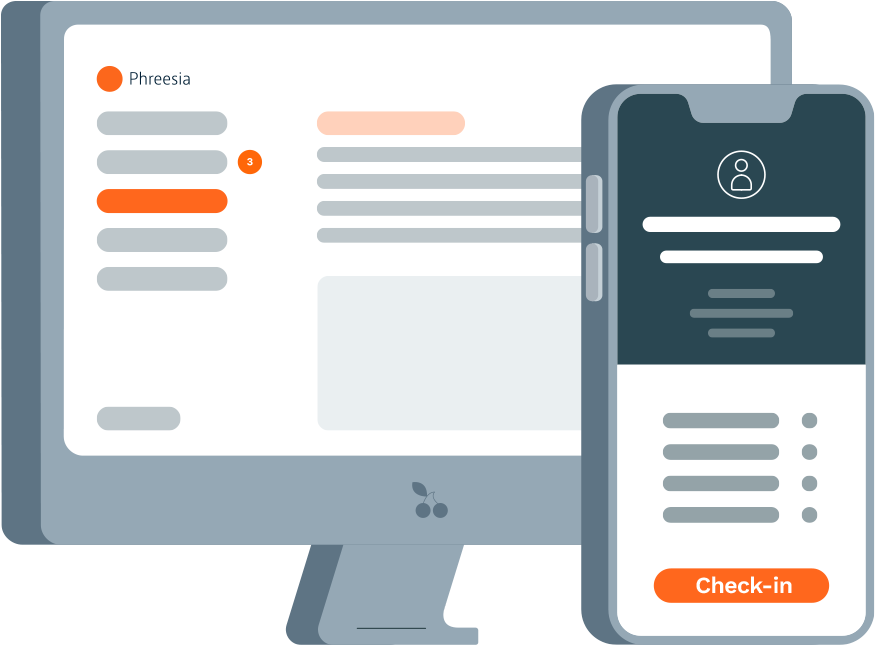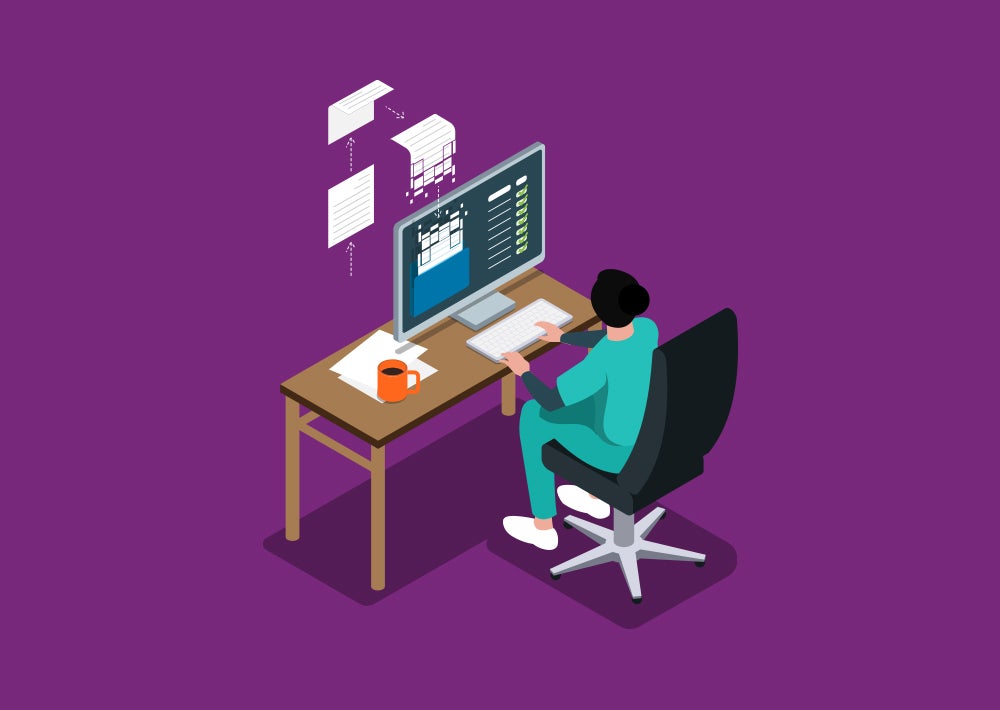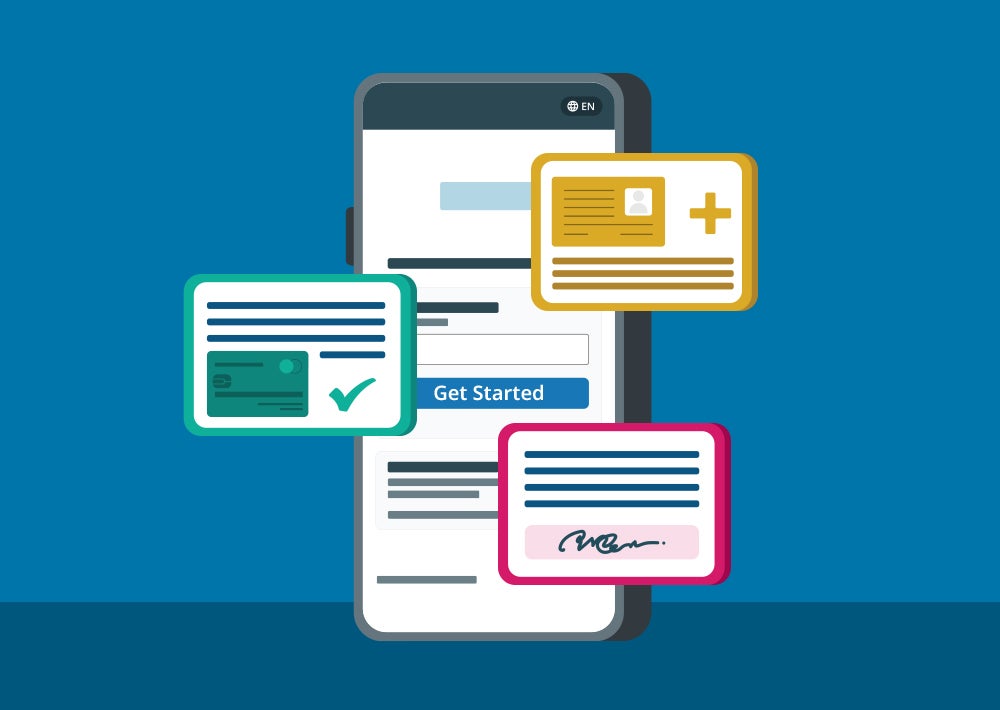If your workflows aren’t built to optimize cash flow, they’re actively working against you.
Healthcare organizations are facing mounting financial pressure. Payer reimbursements are declining. Denials are rising. Front-office staff are stretched thin, and patients are more financially burdened than ever. Everyone is trying to stay focused on care—but increasingly, that focus is slipping out of reach.
Cash flow isn’t just a back-office metric. It’s a daily operational concern, and it’s getting harder to maintain.
The hidden costs of outdated payment workflows
Many healthcare organizations are still relying on slow, manual billing processes that delay revenue and put cash flow at risk.
Paper statements, fragmented systems and months-late collections aren’t just inefficient—they’re incredibly costly. These workflows lead to:
- Slower payments and added days in the billing cycle
- Higher staff burden and administrative overhead
- Increased cost to collect
- Missed opportunities to collect at the time of service
According to the American Hospital Association, it costs providers $13.40 on average to collect a single patient payment. And that doesn’t include the staff time spent chasing balances, often across multiple platforms. Organizations typically send three or more statements before escalating to collections. By the time they do—usually 90+ days later—they’re recovering only a fraction of the balance owed.
In today’s environment, payment workflows that rely on delays are no longer sustainable. They’re standing in the way of financial performance.

Why modern payment workflows drive predictable, scalable revenue
To build sustainable revenue, you need payment processes that are consistent, efficient and patient-friendly.
Modern, integrated workflows allow healthcare organizations to collect faster, reduce administrative burden and give patients a more transparent and flexible experience. When you combine automation, real-time data and patient-centered tools, revenue becomes more predictable and easier to scale.
Here’s what works:
- Real-time eligibility and benefits verification
- Payment prompts during patient check-in to encourage upfront collection
- Text and email reminders and digital statements that don’t require staff time
- Card-on-file and payment plans that simplify follow through
- Embedded payment options that support a seamless care experience
These workflows don’t just speed up payments—they reduce write-offs, improve financial performance and give staff more time to focus on patient care. In fact, organizations that collect at the time-of-service report significantly stronger financial performance, according to the Medical Group Management Association (MGMA).
Predictable revenue doesn’t happen by accident. It’s the result of workflows that eliminate friction for both patients and staff.
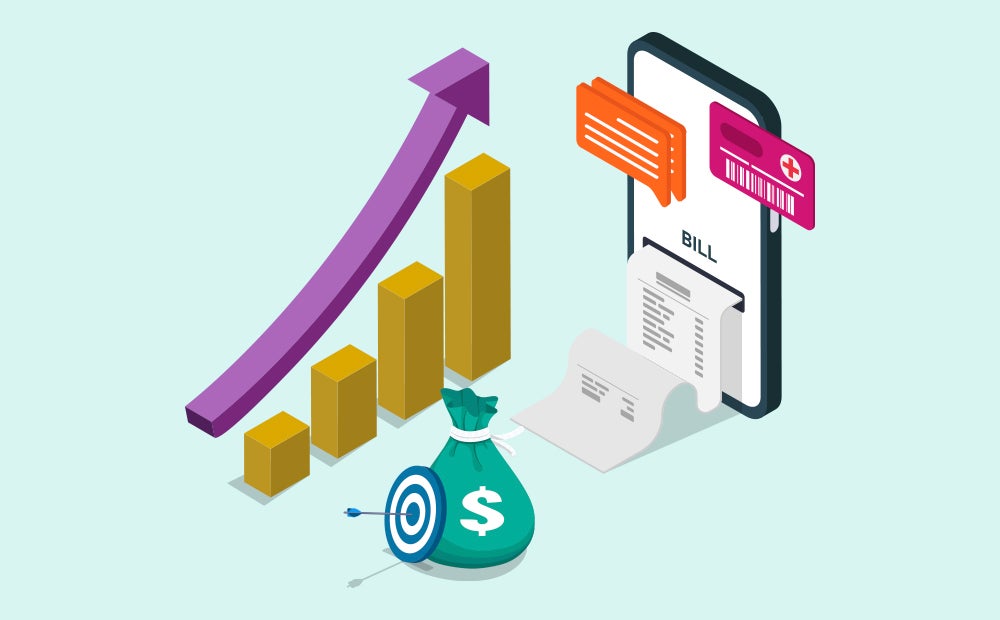
When paying is easy, patients do it
Today’s patients are digitally fluent. They manage finances on their phones, shop with one-click payments and expect instant confirmations. When healthcare trails behind those expectations, patients disengage—not because they’re unwilling to pay, but because the process feels outdated and confusing.
When the experience is intuitive and low-effort, patients are more likely to follow through. In fact, 75% of patients will pay their copay at the time of service if it’s convenient enough.
Here’s what patients prefer:
- Direct links via SMS to view and pay their balance
- Easy payment options at check-in or registration
- Flexible payment plans for larger balances
- Transparency around costs and upfront estimates
Organizations that use tools like mobile wallets and card-on-file consistently see faster payments and higher collection rates. These aren’t just conveniences—they’re critical to meeting modern expectations and building a payment experience that drives revenue.
The takeaway: When the process feels fast, familiar and patient-centered, cash flow improves too.
The path to stability is payment automation at every step
Building financial resilience starts with embedding automation throughout the patient journey.
That includes:
- Upfront collection prompts during registration or check-in
- Eligibility-informed estimates that help patients understand their financial responsibility
- Digital statements with automated reminders to improve follow-through
- Integrated systems that ensure balances aren’t dropped or delayed
- Staff tools that reduce manual work and improve operational focus
Every automated step makes the revenue cycle more consistent and less dependent on human intervention. That means fewer errors, less stress and better outcomes for your team—and your bottom line.
Today’s most resilient organizations don’t just collect more. They do it with fewer resources, because they’ve built systems that work in the background, not ones that rely on staff to chase balances.
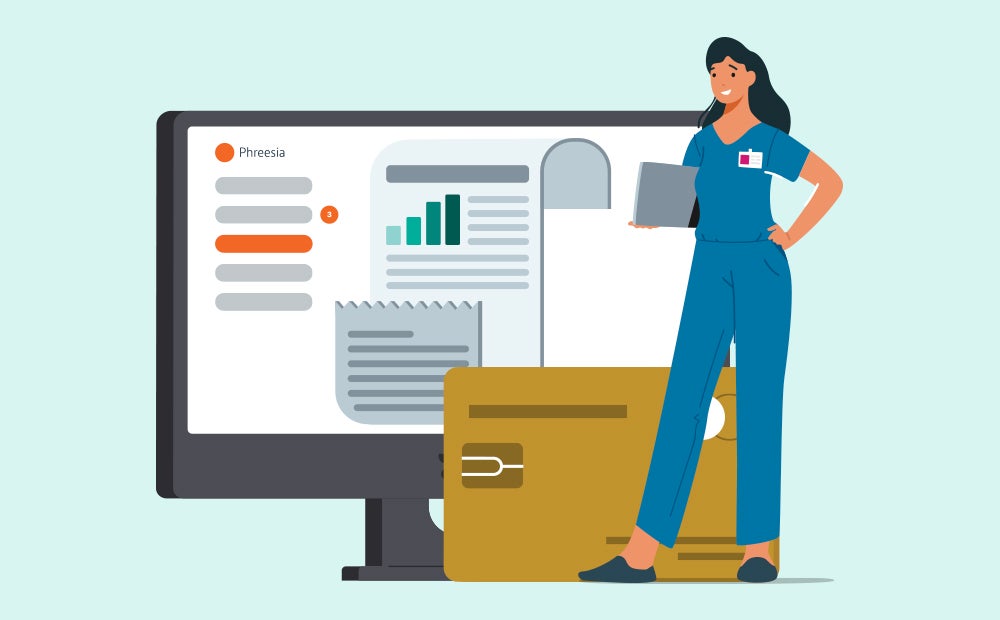
Future-ready revenue starts with the right workflows
Cash flow is the foundation of healthcare operations. But traditional workflows weren’t built for today’s realities: they’re too slow, too reactive and too disconnected from the rest of the patient experience.
Healthcare leaders can’t afford to treat payment as an afterthought; not when payer pressure, staffing shortages and patient financial strain are pushing margins to the limit.
The good news? Patients are ready for digital. Organizations just need to meet them there.
With the right technology and the right workflows, organizations can simplify the process, improve the experience and strengthen financial performance, without putting more strain on their teams.
Self-service payments aren’t just a patient convenience anymore. They’re a critical part of your financial infrastructure.
Ready to modernize your payment workflows? See how Phreesia helps healthcare organizations simplify payments and boost cash flow.

